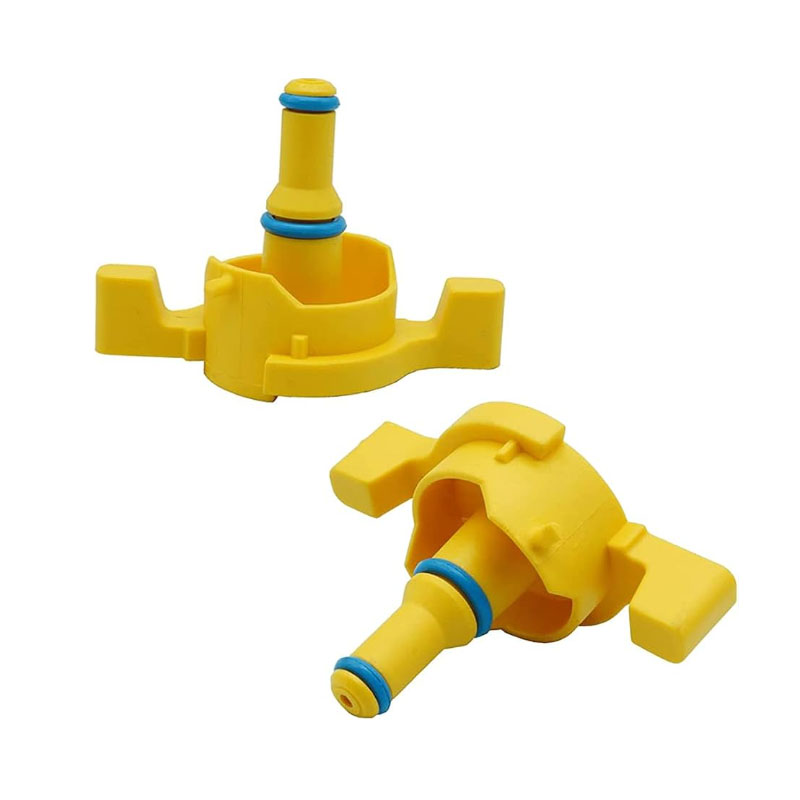Exploring the Importance and Applications of Automotive Seal Rings in Vehicle Performance
Automotive Seal Rings Essential Components for Performance and Reliability
Automotive seal rings play a crucial role in the functionality and durability of various engine systems. These small yet significant components are designed to prevent fluid leakage and maintain the integrity of engines, transmissions, and other vital systems in a vehicle. This article explores the importance of automotive seal rings, their types, materials, and their impact on overall vehicle performance.
What Are Automotive Seal Rings?
Seal rings are circular components that create a barrier between two or more surfaces. In the automotive industry, they are primarily utilized in areas where fluids such as oil, coolant, or transmission fluid must be contained. Seal rings are engineered to prevent leaks, thus ensuring that the engine operates efficiently without the risk of contamination or loss of crucial fluids.
Types of Automotive Seal Rings
Numerous types of seal rings are employed in automotive applications, with some of the most common being
1. O-rings These are versatile, round seals that can be found in various locations within an engine or transmission. O-rings are often used in static applications where they are compressed between two stationary surfaces.
2. Flat seals These seals are typically used in applications where a uniform sealing surface is required. Flat seals are made from various materials and can accommodate higher pressure and temperature conditions.
3. Lip seals These seals have a unique design featuring a lip that rides on a rotating shaft, making them ideal for applications involving moving components, such as crankshaft and camshaft seals.
4. V-rings A more specialized type of seal, V-rings are often used to seal rotating shafts. They can effectively handle dirt and contaminants, making them suitable for demanding environments.
Materials Used in Seal Rings
automotive seal rings

The effectiveness of seal rings largely depends on the materials used in their production
. Common materials include- Nitrile rubber (NBR) Known for its excellent oil resistance, NBR is a popular choice for O-rings and lip seals in oil-related applications.
- Fluoroelastomer (FKM) This material offers superior high-temperature resistance and chemical stability, making it ideal for use in extreme conditions.
- Polyurethane Valued for its flexibility and resistance to wear, polyurethane is often chosen for applications where dynamic sealing is required.
- Metallic materials In situations where high strength and durability are necessary, metallic materials may be used in conjunction with rubber seals to improve performance and reliability.
Impact on Vehicle Performance
The importance of automotive seal rings cannot be overstated. A properly functioning seal ring ensures the integrity of the vehicle’s engine and transmission systems, minimizing the risk of fluid leaks. This not only enhances the vehicle's fuel efficiency but also promotes a longer lifespan for critical components.
Additionally, the presence of effective seal rings contributes to environmental protection by reducing the risk of leaks, which can lead to harmful emissions and contamination of the surrounding areas. As environmental regulations become increasingly stringent, the role of automotive seal rings in compliance and sustainability becomes even more significant.
Conclusion
In summary, automotive seal rings are essential components that contribute to the performance, reliability, and environmental compliance of vehicles. Their various types and materials make them suitable for a wide range of applications, ensuring that critical systems operate efficiently. As technology continues to advance, the development and innovation of seal ring design and materials will play a pivotal role in enhancing vehicle performance and sustainability in the automotive industry. Understanding the importance of these small yet crucial components can aid manufacturers and consumers alike in making informed decisions for optimal vehicle care and maintenance.
-
Simplifying Oil Changes: A Comprehensive Guide to Oil Drain Plugs and Their Variants
News Aug.04,2025
-
Mastering Oil Drain Maintenance: Solutions for Stripped, Worn, and Upgraded Oil Plugs
News Aug.04,2025
-
Fixing Oil Pan Plug Issues: Leaks, Stripped Nuts, and the Right Replacement Solutions
News Aug.04,2025
-
Everything You Need to Know About Oil Drain Plugs: Sizes, Fixes, and Upgrades
News Aug.04,2025
-
Choosing the Right Oil Drain Plug: A Guide to Sizes, Materials, and Drain Innovations
News Aug.04,2025
-
A Complete Guide to Automotive Drain Plugs: Types, Problems, and Innovative Solutions
News Aug.04,2025
-
The Ultimate Guide to Car Repair Kits: Tools and Essentials Every Driver Should Own
News Aug.01,2025
Products categories















